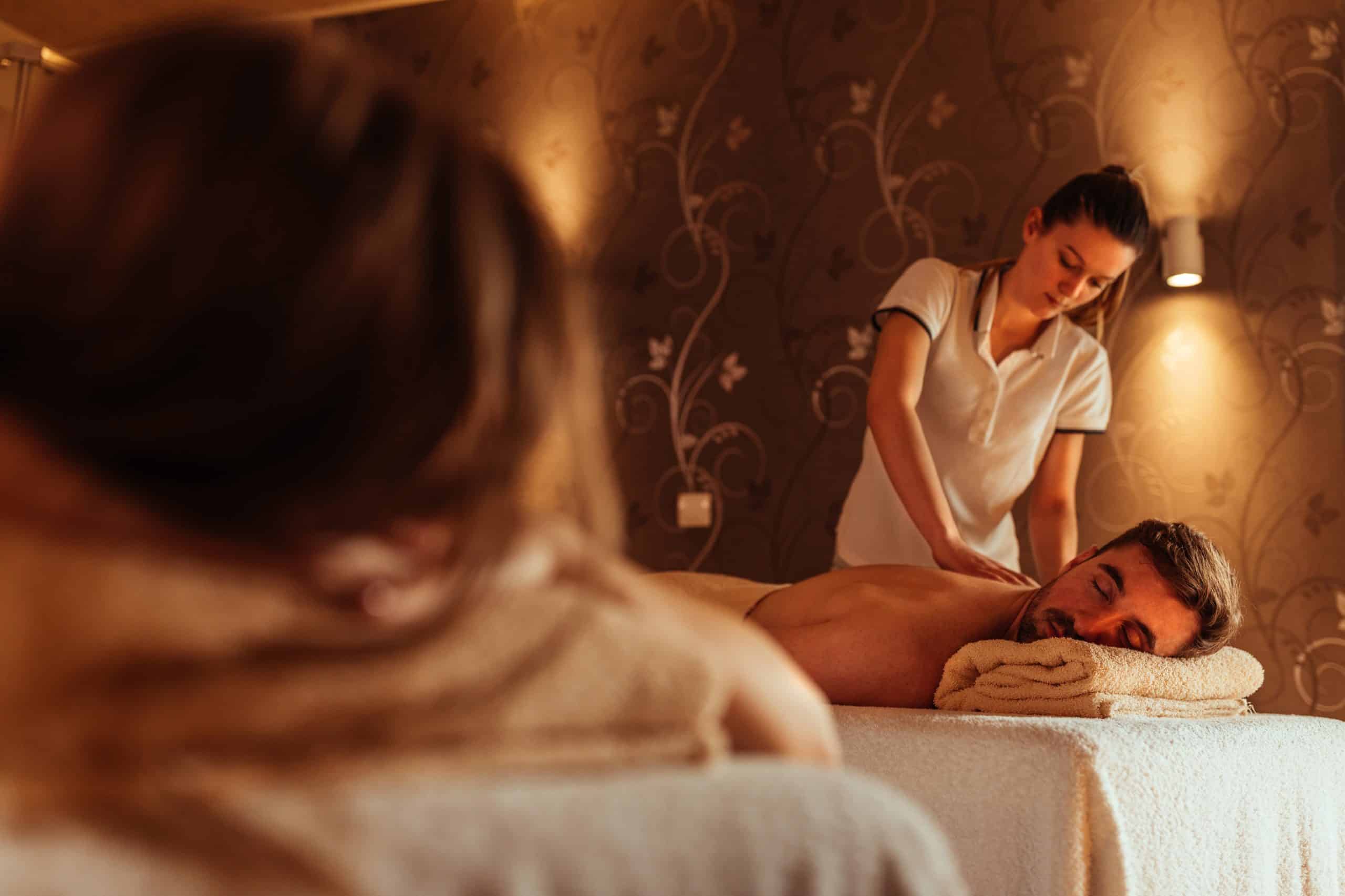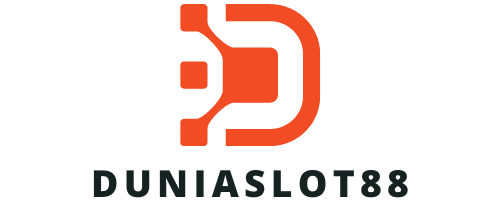How Can High-Frequency Vibratory Massage Aids Improve Recovery for Olympic Gymnasts?

When you’re pushing your body to the edge, every little bit of recovery makes a massive difference. Gymnasts are no exception to this rule. They need to bounce back from gruelling training sessions quickly and efficiently to maintain peak performance. But how can they speed up this recovery process? Today, we’re going to explore a revolutionary technique that’s making waves in the world of sports therapy: high-frequency vibratory massage. Specifically, we will examine its impacts on muscle recovery for Olympic-level gymnasts.
The Importance of Muscle Recovery in Gymnastics
Before we delve into the details of this cutting-edge therapy, it’s important to understand why muscle recovery is so critical in gymnastics.
Topic to read : What Are the Most Effective Mental Rehearsal Techniques for Professional Poker Players?
Gymnastics is a sport that demands intense physical exertion. The strain on the muscles during training can result in micro-tears in muscle tissue. These tiny tears are a normal part of the exercise process, stimulating muscle growth and strength. However, they also cause the familiar experience of post-workout muscle soreness.
Additionally, gymnasts often suffer from muscle fatigue due to the high-intensity nature of their training. This fatigue can lead to a decrease in performance and an increase in injury risk if not properly managed.
In the same genre : How Can Data Analytics Improve Scouting for Potential Draft Picks in Ice Hockey?
Enter the need for effective recovery strategies. A key aspect of these strategies lies in promoting blood circulation to transport oxygen and nutrients to the muscles, accelerating the healing process and reducing soreness.
High-Frequency Vibratory Massage: An Overview
Now, let’s take a closer look at one of the most promising recovery aids: high-frequency vibratory massage. It’s a form of therapy that uses oscillating pressure to stimulate blood flow and relax tight muscles.
This technique is often delivered through handheld devices or larger pieces of equipment like massage chairs. High-frequency vibration stimulates the muscles and surrounding tissue, promoting blood flow to the area.
Research suggests that vibratory massage can support post-exercise recovery by reducing muscle soreness, improving muscle performance, and accelerating the recovery process. A study published on PubMed highlighted that vibration therapy could improve muscle strength and power after intense exercise, making it a potential boon for gymnasts.
Compression and Vibration: A Powerful Combination
One way to optimize the benefits of vibratory massage is by combining it with compression therapy. This can be achieved using tools such as compression boots, which encase the legs and use air pressure to squeeze the muscles.
When used in conjunction with high-frequency vibration, the boots can further boost blood circulation, speeding up recovery. The compression helps to push blood out of the legs and back to the heart, while the vibration stimulates blood flow at a local level, enhancing the overall effect.
A study published in the Journal of Strength and Conditioning Research indicated that combining compression and vibration therapies resulted in a significant reduction in muscle soreness and a faster return to peak performance for athletes.
The Role of Foam Rolling in Vibratory Massage
Foam rolling, or self-myofascial release, is another technique that can be combined with vibratory massage for maximal benefits. It involves rolling a foam roller over sore muscles to relieve tension and promote recovery.
Recent advancements have incorporated high-frequency vibration into foam rollers. This innovation brings together the benefits of foam rolling and vibratory massage, making the foam roller a more effective tool for muscle recovery.
According to a study on PubMed, using a vibrating foam roller significantly improved range of motion and reduced muscle soreness compared to a regular foam roller.
In the high-stakes world of Olympic gymnastics, every advantage matters. It’s clear that high-frequency vibratory massage holds great promise as a recovery aid. Combining this therapy with compression and foam rolling techniques could give gymnasts the edge they need to keep their bodies in top condition and their performances at a world-class level.
The Science Behind High-Frequency Vibratory Massage
Let’s dive deeper into understanding the science behind high-frequency vibratory massage. The underlying theory is that the vibrations produced by these devices stimulate the body’s mechanoreceptors – sensory receptors that respond to physical stimuli such as pressure and tension. Essentially, the vibrations "distract" the nervous system, reducing the perception of pain and discomfort.
Research featured on Google Scholar and PubMed has underlined the efficacy of this innovative recovery method. A study published on PubMed reported that high-frequency vibratory massage significantly reduced delayed onset muscle soreness (DOMS) in athletes. Another study indicated that vibration therapy improved the removal of blood lactate, a byproduct of exercise that contributes to muscle soreness.
In addition to reducing muscle pain, high-frequency vibratory massage can also help athletes bounce back more rapidly after intense workouts. A research paper indexed on PubMed demonstrated that vibratory massage increased muscle power and strength post-exercise.
Moreover, vibratory massage can enhance soft tissue health and function. Tight, overworked muscles can restrict blood flow, impair movement, and contribute to injury risk. By relaxing these tense muscles, high-frequency vibratory massage aids in restoring proper blood circulation and promoting overall soft tissue health.
High-Frequency Vibratory Massage and Cold Water Immersion
Another recovery strategy that can be combined with high-frequency vibratory massage is cold water immersion. Submerging the body in cold water can help reduce inflammation and muscle swelling, speeding up recovery.
When used in conjunction with vibratory massage, cold water immersion can deliver even more impressive results. The cold water helps to constrict blood vessels, reducing inflammation and swelling, while the vibration helps to relax muscles and stimulate blood flow. This can result in a faster return to peak performance.
A study indexed on Google Scholar reported that athletes who used both cold water immersion and vibratory massage showed a more significant reduction in muscle soreness and faster recovery of muscle function compared to those who used only one method.
Conclusion
To wrap up, high-frequency vibratory massage can be a game-changer for Olympic gymnasts’ recovery process. With the ability to significantly reduce muscle soreness, enhance soft tissue health, and speed up post-exercise recovery, this cutting-edge therapy offers a host of benefits.
Furthermore, by combining vibratory massage with other recovery methods like compression therapy, foam rolling, and cold water immersion, its effectiveness can be considerably boosted.
However, it’s essential to remember that while vibratory massage is an efficient recovery aid, it should be used as part of a comprehensive recovery strategy. This may include proper nutrition, ample rest, and other rehabilitative exercises.
In the competitive world of Olympic gymnastics, where recovery can significantly impact performance, high-frequency vibratory massage could provide the edge that athletes need to excel. The future of sports therapy is here, and it’s vibrating.
